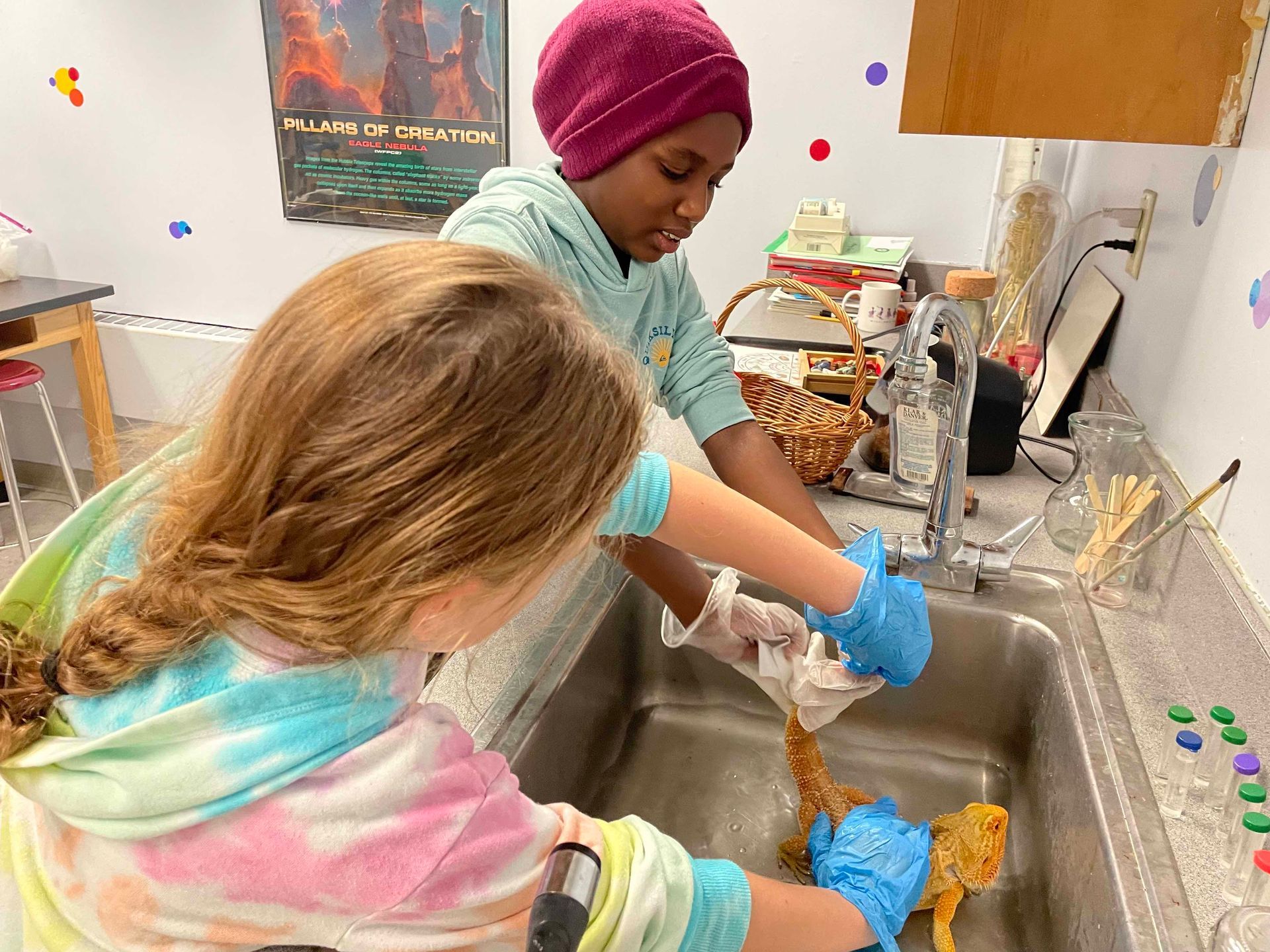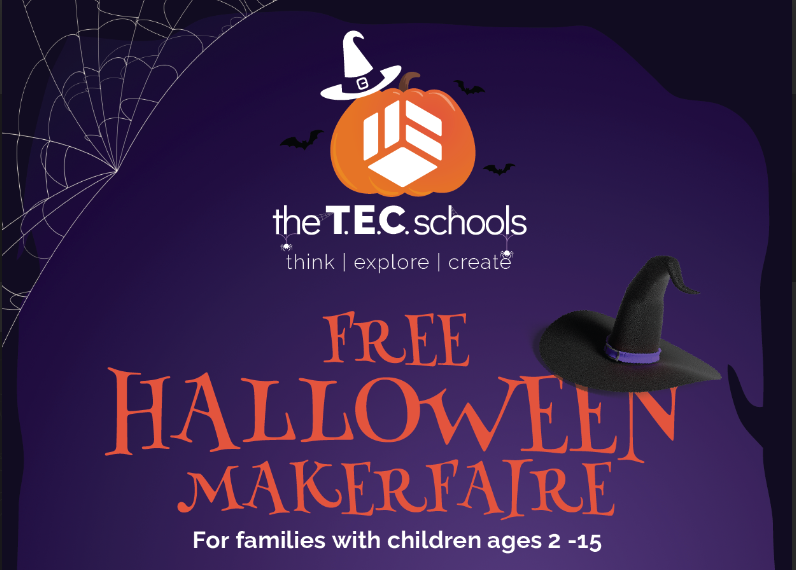
If the best learning happens experientially, then there is no better hands-on learning environment than Nature’s Classroom. As the name suggests, the natural world is the child’s classroom and I am always amazed to see how fully our students engage in observing and interacting with natural objects, whether they are living or nonliving. What are they learning from this experience?
I think that Walt Whitman captures the child’s learning experience beautifully in his poem, There was a child went forth every day…. He recognizes that a child’s consciousness is developing through interactions with his environment, and to achieve our full potential, we must first understand the principles of nature. You can listen to a recitation of the poem here.
In the poem, Whitman demonstrates that a child becomes a fully independent being by engaging in a continual process of internalizing and expressing every day experiences. He writes:
There was a child went forth every days
And the first object he looked upon and received with wonder or pity or love or dread, that object he became,
And that object became part of him for the day or a certain part of the day . . . . or for many years or stretching cycles of years.
Notice these words:
‘that object he became,
And that object became part of him’
The child becomes a unique individual through a continuous process of taking in information sensorially, processing it, connecting it with other bits of knowledge, and building a further understanding of the world. It is for this particular psychological development that we take our students to Nature’s Classroom.
Today, we took the students on a hike where they stumbled upon a little stream teeming with frogs and toads. Instinctively, the students began to look for frogs and toads and spent over half an hour catching and observing them. Not only did they learn about the different species of these anurans, but they also learned about their habitat, and the need to have wet, muddy hands to handle them. In the video you can see how interactive and engaging this learning experience was as compared to a traditional science lesson in a classroom. This awareness of the texture, size, color and the sound of the anurans, combined with the students’ own squeals, questions, observations and physical interactions will be etched forever in their memories. The frogs and toads have become a part of the students’ beings and the students have become a part of Nature’s Classroom. They will never forget this moment.
Throughout the day, students participated in many such activities, hanging out by the pondside, walking in the woods, climbing rocks, and going on a night hike. They also participated in team activities like making and testing water rockets, solving a maze and singing silly songs. During all of these activities, students’ are learning through kinesthetic movements, conversations, observations, and the freedom to just be themselves.
After a long day of several such activities, you would think that the students would be tired but I learned that there was a party in room number 12, and 7 and 5. Students were enjoying themselves in the dorms. Mrs. Sergi-Gott and I watched the students as they skated in the hallways, played cards, made mad libs, read books, and ran around with stuffed animals. Finally, the lights were out at 10:15 pm and all was quiet.
As I started typing this note to you, a student came to me and said he could not sleep. He knew about Walt Whitman from his poetry recital so I read There was a child went forth every day to him. As he rubbed his eyes sleepily, he said, “This poem is about me because this is how I learn.” At T.E.C. every child learns in his or her own way because each student is unique. Each of them are in the process of becoming their own person. If students are learning from the environment, then the environment must be rich and varied to bring forth it’s full grandeur. What the students will take away from this trip is that internalization of nature’s glory.
‘that object he became,
And that object became part of him’
I, too, have become a part of this special moment. Today, I witnessed our students make many profound leaps in their learning. I am thankful to Nature’s Classroom for allowing our students to participate fully in these activities so that the students become an integral part of nature and will eventually create their own environment based on what they have assimilated today.


